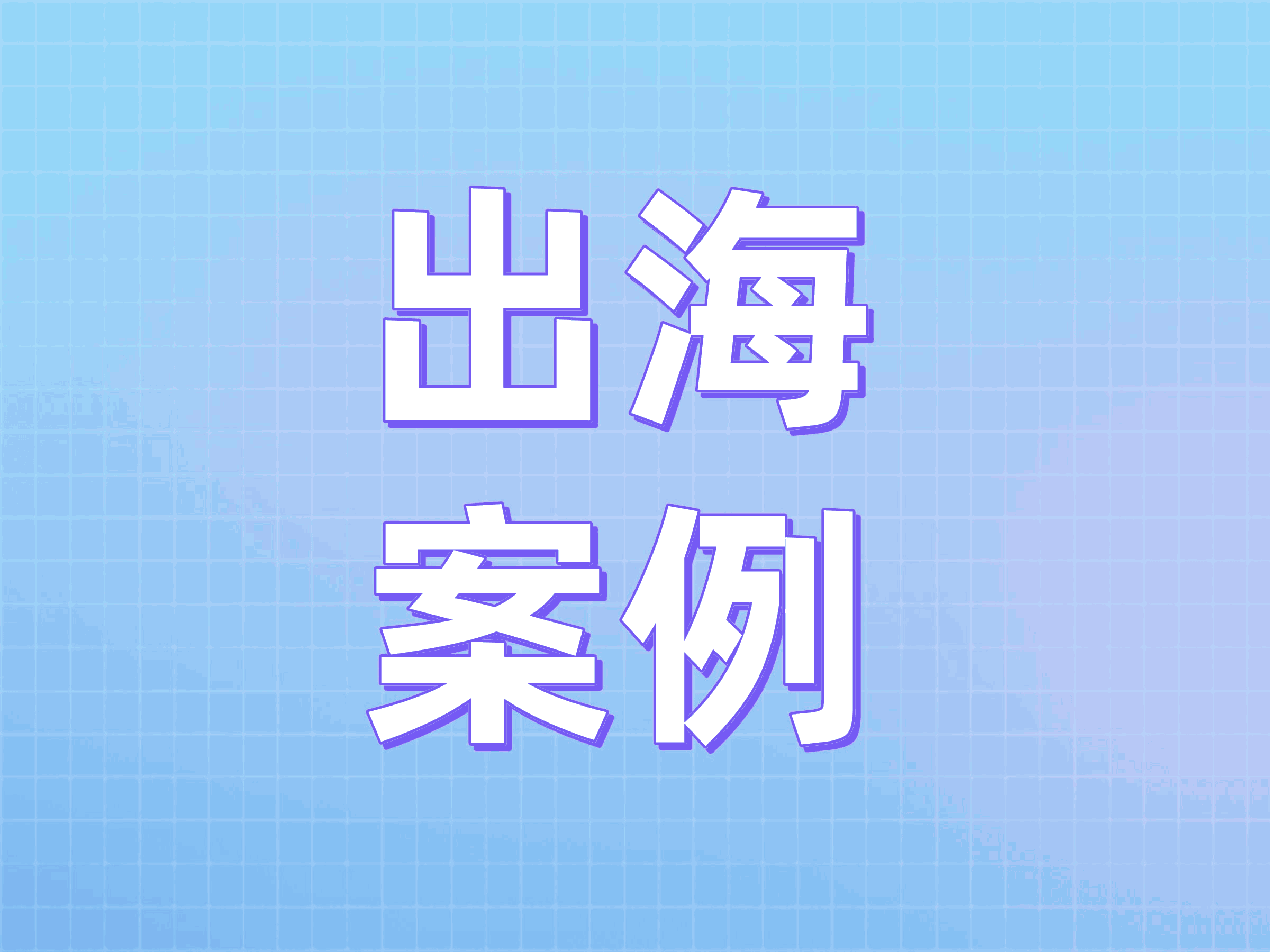Intelligent Outbound Calling for Call Centers: Turning “Making Calls” from a “Labor-Intensive Task” to an “Efficient One”
文章摘要:Haveyoueverreceivedcallslikethese:ane-commerceplatformremindingyouthat"theproductyou’refollowingisonsale,"abankinformingyouthat"yourcreditcardbillisready—pleaserememb...
Have you ever received calls like these: an e-commerce platform reminding you that "the product you’re following is on sale," a bank informing you that "your credit card bill is ready—please remember to make the payment," or a property management company notifying you that "there will be a water outage for maintenance in the community this weekend"? Many of these accurate and timely reminders are not made manually one by one, but come from the intelligent outbound calling of call centers. Unlike traditional outbound calling, which requires customer service agents to repeatedly dial numbers from a list and wait for connections, it can automatically complete the entire process of "dialing, communicating, and recording"—just like a tireless "efficient call assistant." It helps enterprises turn the "laborious and inefficient" outbound calling work into something easy and precise, while also ensuring the notifications we receive are more timely and better aligned with our needs.
In fact, intelligent outbound calling for call centers is an "upgraded service" that integrates AI technology into traditional call centers. Based on enterprise needs, it can automatically make batch calls to customers, conduct simple communications with them through speech recognition and semantic understanding, and even complete tasks such as information verification and demand screening. For example, before a major e-commerce promotion, it can automatically call 100,000 customers who have followed a specific product and inform them: "XX product will go on sale at 8 PM tonight, and your exclusive discount code is XXX." Before a bank’s repayment deadline, it can remind customers: "The amount due on your credit card this period is XXX yuan, and the repayment deadline is the XXth—you can make the payment with one click via the APP." Simply put, it frees human customer service agents from the work of "repeated dialing and mechanical notifications," transforming outbound calling from a "manpower-dependent volume-driven task" to a "technology-driven efficiency-focused one."
The advantages of intelligent outbound calling for call centers lie in its "intelligent capabilities," each addressing the pain points of traditional outbound calling.
- First is batch efficient reach, its most core advantage. With traditional manual outbound calling, a single customer service agent can make a maximum of 100 calls a day—and after deducting time spent waiting for connections and handling rejected calls, the actual number of effective communications may be only 30. In contrast, intelligent outbound calling can make thousands of calls simultaneously, automatically skipping empty numbers, switched-off phones, and rejected calls, and only transferring calls that are connected and involve customer needs to human agents. Once, an e-commerce platform used intelligent outbound calling to send promotion notifications to 500,000 customers, completing the task in just 3 hours. With manual calling, this would have required at least 500 agents working continuously for a full day. For enterprises, this not only saves labor costs but also enables rapid customer reach during critical moments (such as promotions or repayment deadlines), preventing customer loss caused by delayed notifications.
- Second is accurate screening and communication, eliminating the "blindness" of outbound calling. Traditional outbound calling often sends "the same content" to all customers—for instance, recommending the same loan product regardless of whether the customer has a loan need. This not only easily annoys customers but also wastes resources. Intelligent outbound calling, however, can accurately match content based on customer tags and even conduct simple interactions to screen for needs. For example, when an insurance company conducts customer follow-ups, the intelligent outbound system will first ask, "Do you have any recent needs for health insurance?" If the customer says "yes," it will introduce the product in detail; if the customer says "not for now," it will politely end the call and record the tag "no health insurance need" to avoid repeated interruptions later. I once received an intelligent outbound call from an education institution—it first asked, "What grade is your child currently in?" and recommended corresponding courses based on my answer. There was no blind introduction, which felt very thoughtful and made me willing to listen a little longer.
- Third is flexible scenario adaptation, capable of meeting the needs of different industries. Whether it is notification-based (such as water/electricity outage alerts or bill reminders), marketing-based (such as product promotions or event invitations), or research-based (such as customer satisfaction surveys or demand research), intelligent outbound calling can adapt. Moreover, it can flexibly adjust "calling times": for example, when calling office workers, it avoids working hours and chooses 7–9 PM; when calling the elderly, it chooses 9–11 AM to avoid disturbing their rest. During the pandemic, a community used intelligent outbound calling to conduct health checks on residents, automatically calling 20,000 households in the area to ask, "Do you have a fever? Have you been to high-risk areas recently?" It also automatically recorded the answers and only transferred calls with abnormal situations to community staff. This greatly reduced the community’s workload and avoided omissions that might occur with manual checks.
- Fourth is automatic data accumulation, making outbound calling effects "traceable and optimizable." With traditional outbound calling, agents need to manually record "whether the customer answered and what their feedback was"—this is not only error-prone but also makes it difficult to measure effectiveness. Intelligent outbound calling automatically records the status of each call (connected, rejected, empty number), customer feedback, and call duration, and can even generate data reports. Enterprises can use these reports to see "what the connection rate of this outbound campaign was, how many customers expressed interest, and which content attracted the most customer attention," then optimize subsequent outbound strategies. For example, a home appliance brand used intelligent outbound calling to promote a new product and found that "customers who heard about ‘free on-site installation’ were 30% more interested than those who heard other content." Later, it focused on highlighting this selling point, increasing the outbound conversion rate by 25%.
Of course, intelligent outbound calling is not "omnipotent"—when encountering complex customer needs (such as customers wanting to ask detailed product questions or file complaints), it will politely transfer the call to a human agent instead of awkwardly "forcing communication." Its purpose has never been to "replace humans," but to "help humans share repetitive work": freeing human agents from being "dialing machines" so they can focus on solving complex problems and providing personalized services; and making enterprises’ outbound calling work more efficient and accurate, allowing them to reach more customers with needs at a lower cost.
Now, when you think about those notification calls that feel "timely without being annoying," many of them are thanks to intelligent outbound calling. Like an efficient "call assistant," it uses technology to break the limitations of traditional outbound calling, turning "making calls" from a laborious task into an efficient one that accurately meets needs and delivers value. In an era that emphasizes efficiency and precision, intelligent outbound calling for call centers is no longer an "optional tool" for enterprises, but an "important helper" that helps them connect with customers and improve service quality—ensuring every outbound call is meaningful and effective.
AI Outbound Robot by Udesk
It makes telemarketing easier, capable of making 800–1,000 outbound calls per day—6–8 times the efficiency of a human agent. This telemarketing robot simulates real human work scenarios, truly freeing up human resources and enabling fully autonomous system operations.
The article is original by Udesk, and when reprinted, the source must be indicated:https://my.udeskglobal.com/blog/intelligent-outbound-calling-for-call-centers-turning-making-calls-from-a-labor-intensive-task-to-an-efficient-one.html
AI Call Center、AI Outbound System、customer service call center、

 Customer Service& Support Blog
Customer Service& Support Blog


